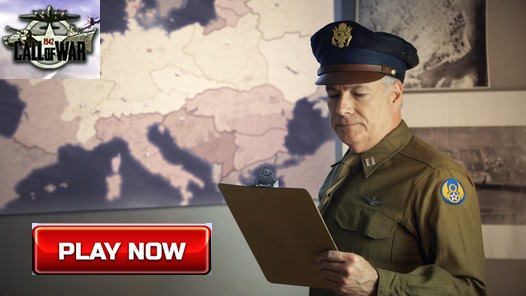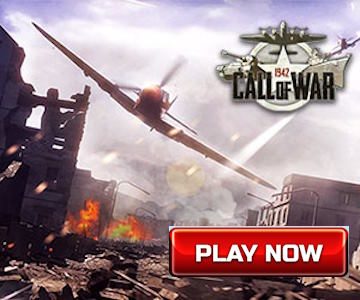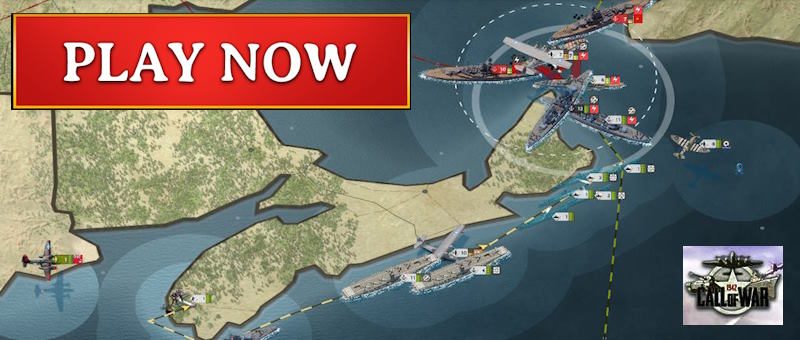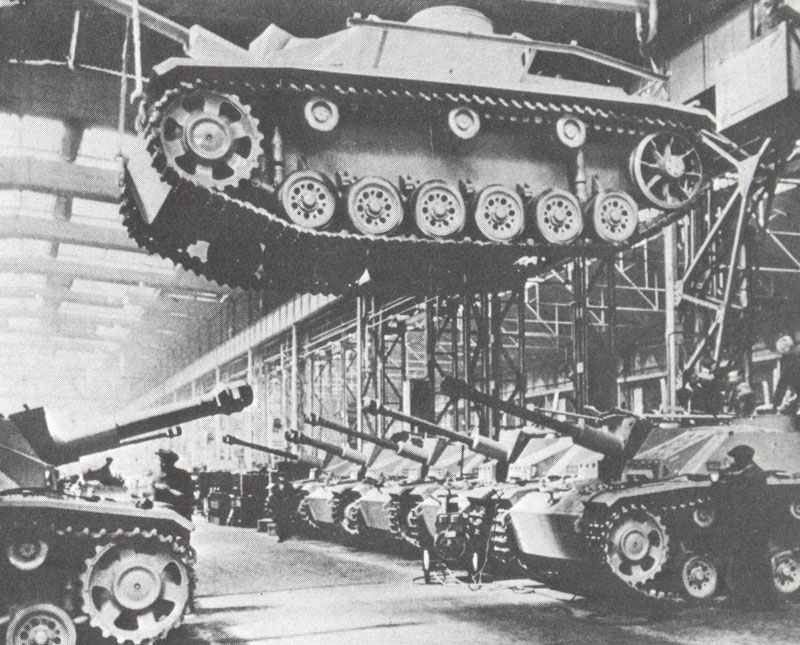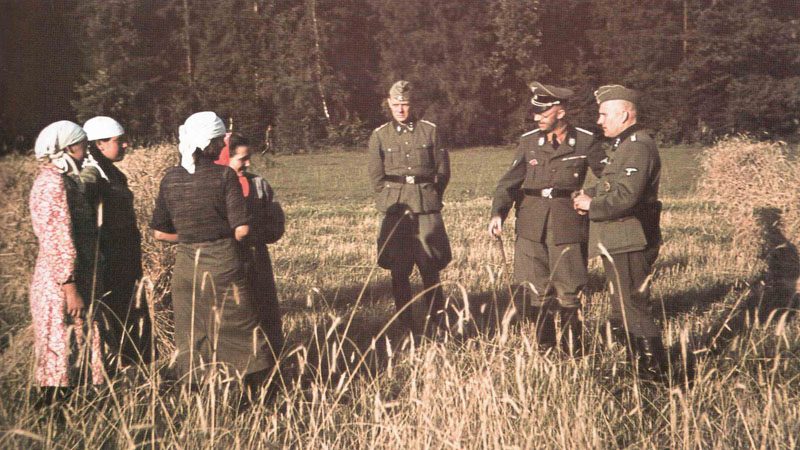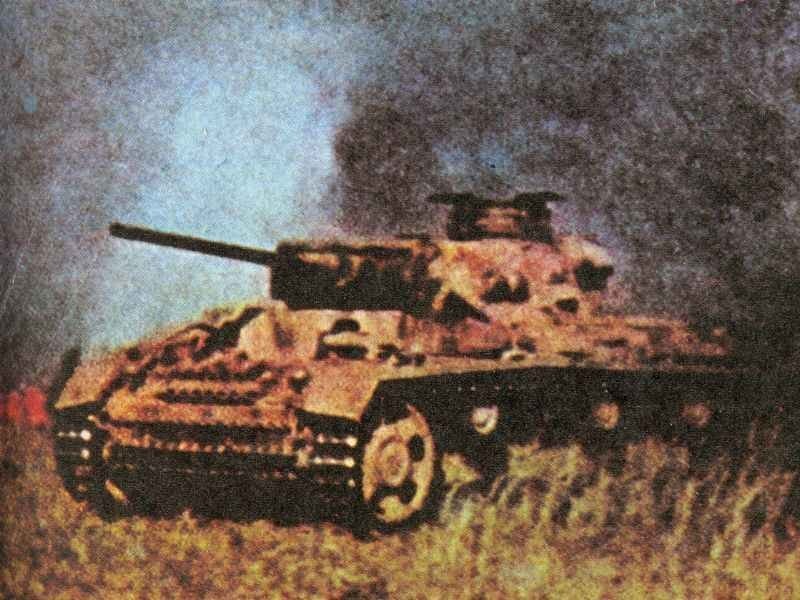Battle of the Bulge 1944: Hitler’s last trump card.
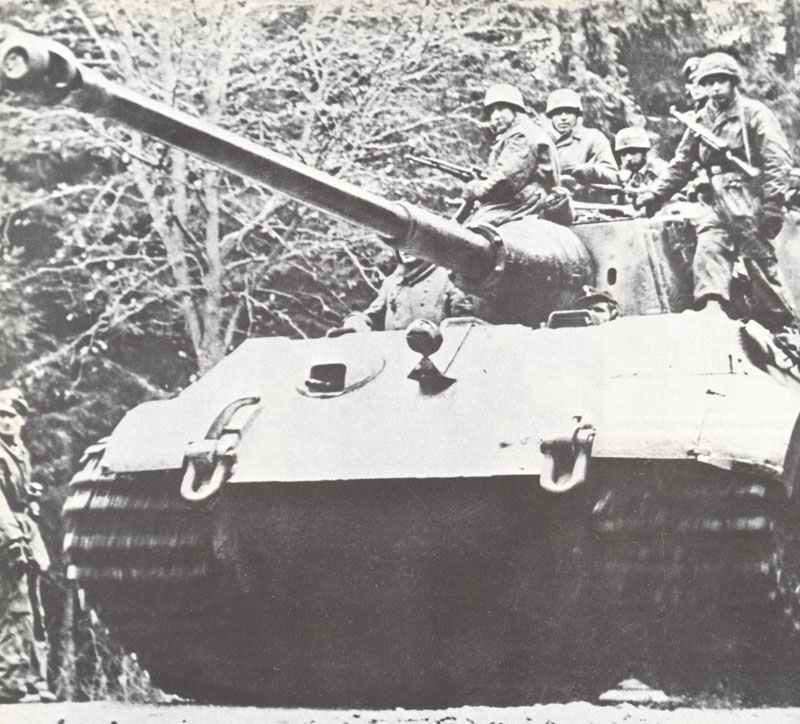
German Ardennes offensive 1944
Table of Contents
In December 1944, the Ardennes region of Belgium became the stage for one of World War II’s most significant battles—the Battle of the Bulge. This fierce confrontation marked the last major German offensive on the Western Front, as Adolf Hitler launched a surprise attack against the Allied forces. They aimed to split the Allies in two, drive them back, and negotiate peace on Germany’s terms.
The dense forests, the challenging terrain of the Ardennes and the the winter were unexpected battle conditions, giving the Germans an initial advantage. Although surprised, the Allies, including American and British forces, rallied and resisted the German advance with determination. Their resolve was crucial in thwarting Hitler’s plans and maintaining control of the Western Front.
The Battle of the Bulge was not just a test of military might, but also of resilience and strategy. It resulted in heavy casualties on both sides and highlighted the brutal reality of war and the human cost involved. As the largest land battle fought by the United States in World War II, it ultimately paved the way for Allied victory in Europe.
Historical Context
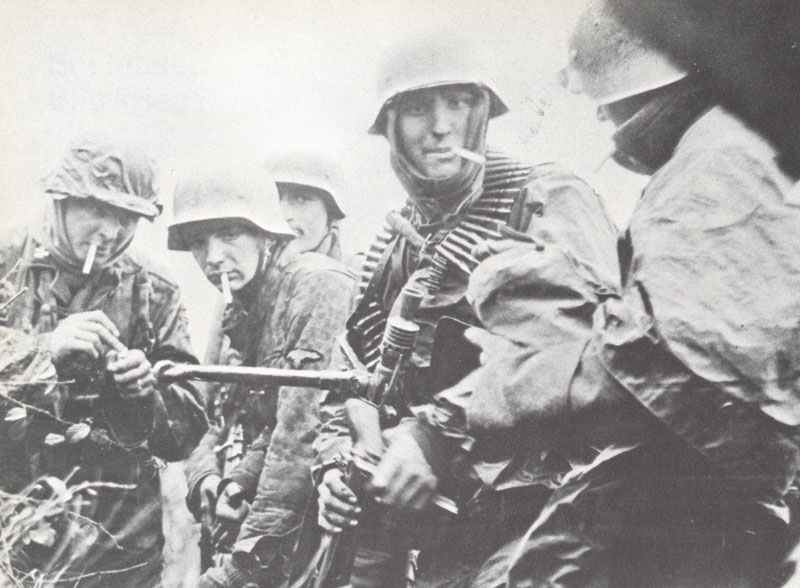
The Battle of the Bulge, a critical clash of World War II, unfolded in the winter of 1944. The German forces aimed to divide the Allied Armies on the Western Front, causing significant challenges for them after their success in Normandy.
Lead-Up to the Ardennes Offensive
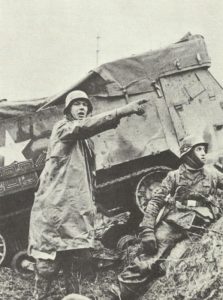
By late 1944, Germany faced dire conditions. The Allies had made considerable gains, especially after the Normandy landings, pushing German forces back. Hitler, seeking to reverse these dangers, orchestrated a surprise attack through the Ardennes Forest. This area was lightly defended by the Allies, making it an attractive target.
The plan aimed to split the Allied Forces, capturing the port city of Antwerp, which was important for their supply. Success was expected to demoralize the Allies and bring about peace on German terms.
The Germans amassed a large force, including tanks and troops equipped for winter combat. Despite these preparations, the operation was risky due to limited resources and challenging terrain.
Allied Forces on the Western Front
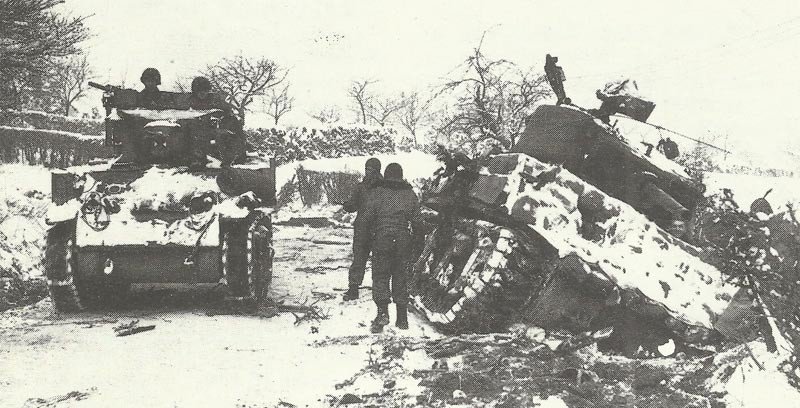
The Allied Armies consisted mainly of American, British, and Canadian forces. They were positioned across the Western Front, having liberated much of France and Belgium. Their supplies, however, were stretched thin, and they were preparing for a push into Germany.
The surprise attack caught many units off-guard, particularly American divisions resting in the Ardennes. Despite initial setbacks, the Allies managed to regroup and hold critical points, aided by improved weather that allowed air support.
Coordination between various Allied nations played a crucial role. The ability to quickly adapt and reinforce positions was vital in overcoming the German offensive, setting the stage for further pushes into German territory.
German Strategy
During the Battle of the Bulge, the German strategy involved a surprise counteroffensive with aims to divide Allied forces and capture strategic locations. Key goals were to seize Antwerp and control supply lines across the Meuse River.
Planning the Counteroffensive
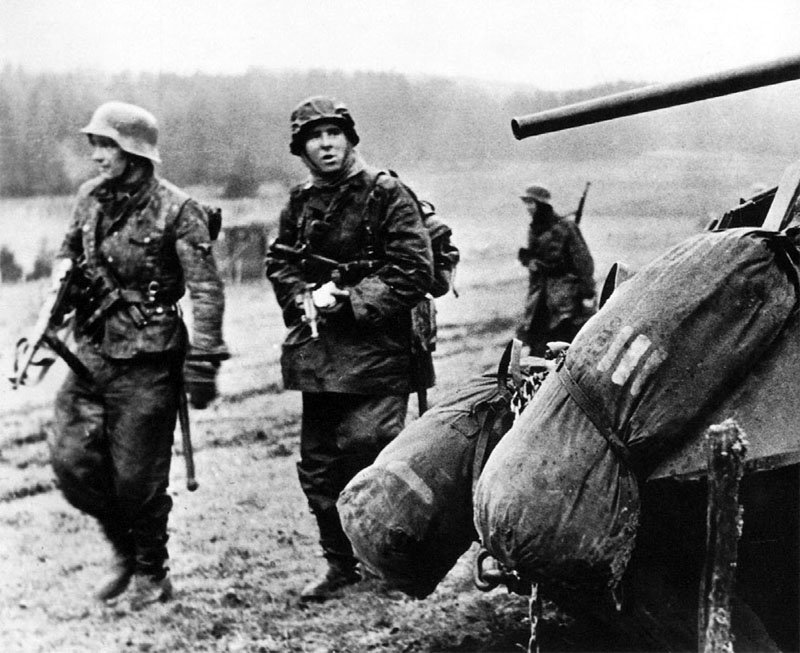
The German High Command devised Operation Autumn Mist to launch an unexpected assault in the densely forested Ardennes region. Planning revolved around achieving surprise and exploiting weak points in the Allied front lines.
On December 16, 1944, approximately 250,000 German troops began their advance. The focus was on rapid movement and creating confusion among Allied forces. Marshal Gerd von Rundstedt and other leaders played crucial roles in coordinating the offensive, hoping to disrupt the Allies’ momentum.
Hitler’s Goals and Objectives
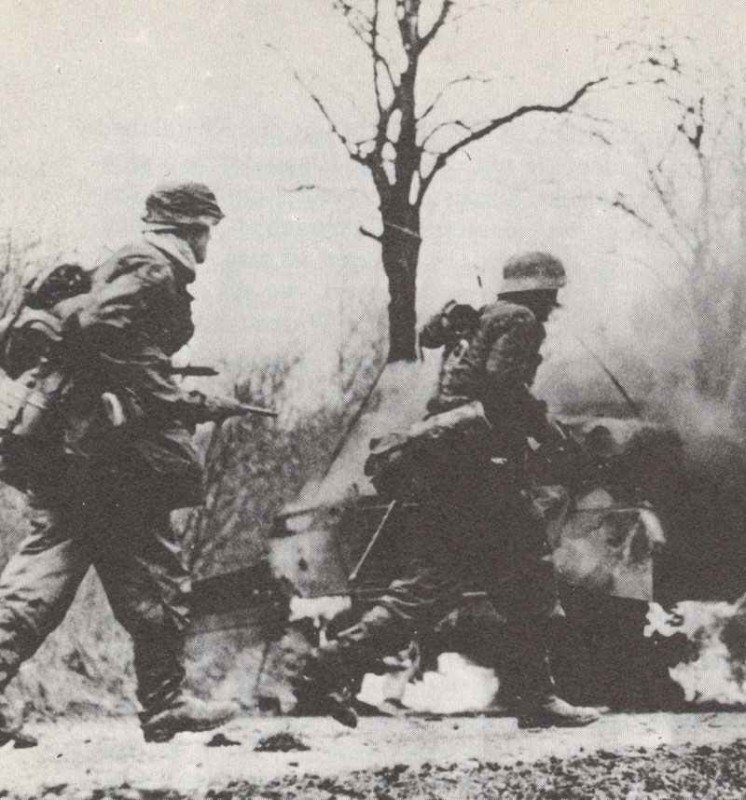
Adolf Hitler aimed to reverse Germany’s waning fortunes with this offensive. A primary objective was to capture the strategic port of Antwerp, cutting off valuable supply lines for the Allies. By advancing towards the Meuse River, they sought to split British and American forces, hindering their ability to regroup.
Hitler believed that success could potentially delay the Allied advance into Germany, providing time to reinforce dwindling resources. Despite significant planning, achieving these ambitious goals proved challenging against well-prepared Allied defenses.
Battle Development
In December 1944, Hitler launched a surprise attack through the Ardennes, aiming to disrupt Allied plans. The Germans initially advanced with success but faced an effective Allied counterattack, turning the tide of the battle.
Initial German Advance
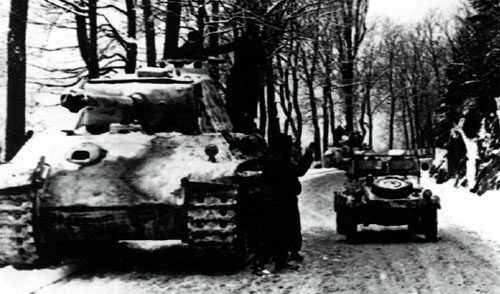
The German army began their offensive on December 16, 1944. They moved quickly through the Ardennes Forest, catching the Allies by surprise. The weather was cold, and snow provided cover, reducing the advantage of Allied air superiority.
Aimed at capturing Antwerp, the Germans created a bulge in the Allied lines, which gave the battle its name. They pushed westward, overwhelming the inexperienced American soldiers initially. The fighting was intense, as German tanks and infantry advanced swiftly.
Despite initial gains, the progress soon stalled. The Germans faced logistical challenges, with stretched supply lines and fuel shortages. Their ambitious plans for a quick advance began to falter.
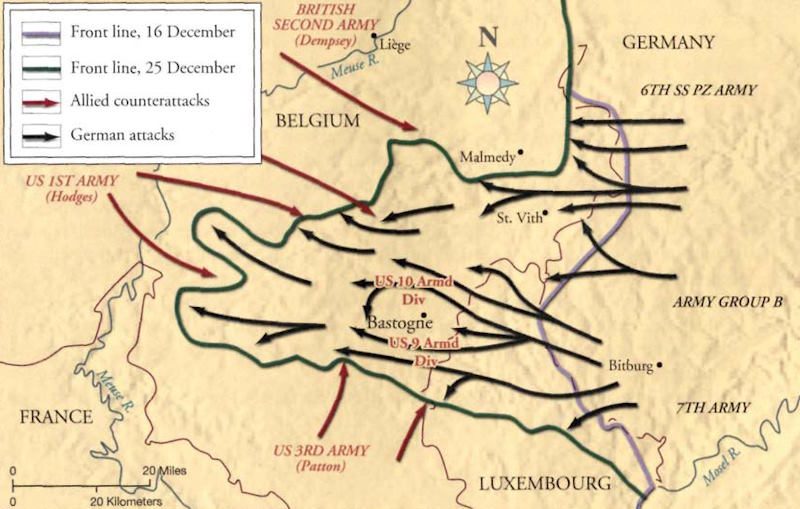
Allied Response
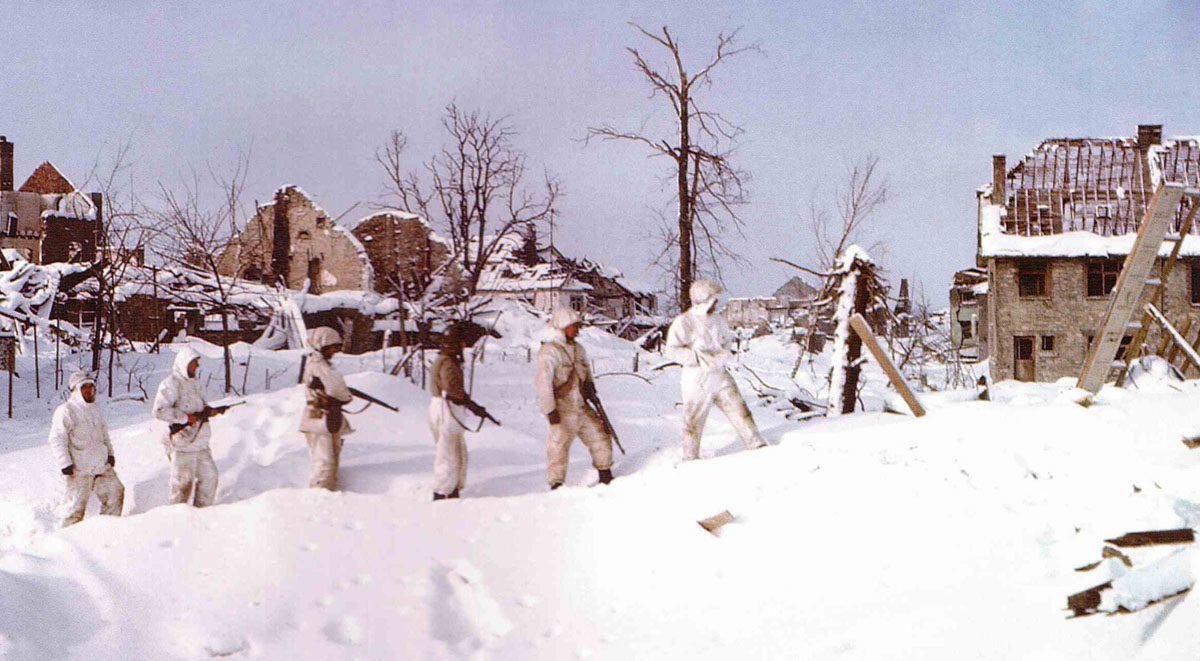
American forces, initially caught off guard, soon rallied. Supreme Allied Commander Gen. Dwight D. Eisenhower ordered a swift response. The U.S. First Army worked to shore up defenses, holding vital roads and slow the German advance.
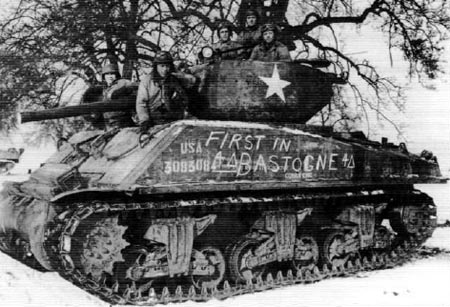
One of the most critical actions was the defense of Bastogne. Surrounded by German forces, the town was held by the 101st Airborne Division. Despite being encircled, the American troops refused to surrender, maintaining a crucial point in the battle lines, which posed major problems for German supplies in bypassing this junction.
Gen. George S. Patton’s Third Army played a key role in the relief of Bastogne. Speeding to the town’s aid, Patton’s forces broke the siege, a decisive move in the Allied counter-offensive effort.
Turning Point of the Battle
The turning point began with improved weather, allowing Allied air forces to attack German supply lines. Air raids targeted fuel depots, further strangling the German advance. The German forces lacked the necessary supplies to maintain their momentum.
The consistent Allied pressure forced a phased German retreat. American soldiers reclaimed lost ground, pushing back the German army. The Germans were eventually driven out of Belgium in January 1945.
In coordination with Allied forces, the resolve shown by the American troops helped shift the momentum. The effective counterattacks by ground and air turned a potential disaster into a significant victory for the Allies.
Key Engagements
The Battle of the Bulge featured significant engagements that were crucial in determining the outcome. These involved strategic locations and units, like the defense at Bastogne, the tense fight for St. Vith, and the covert operations during Operation Greif.
Siege of Bastogne
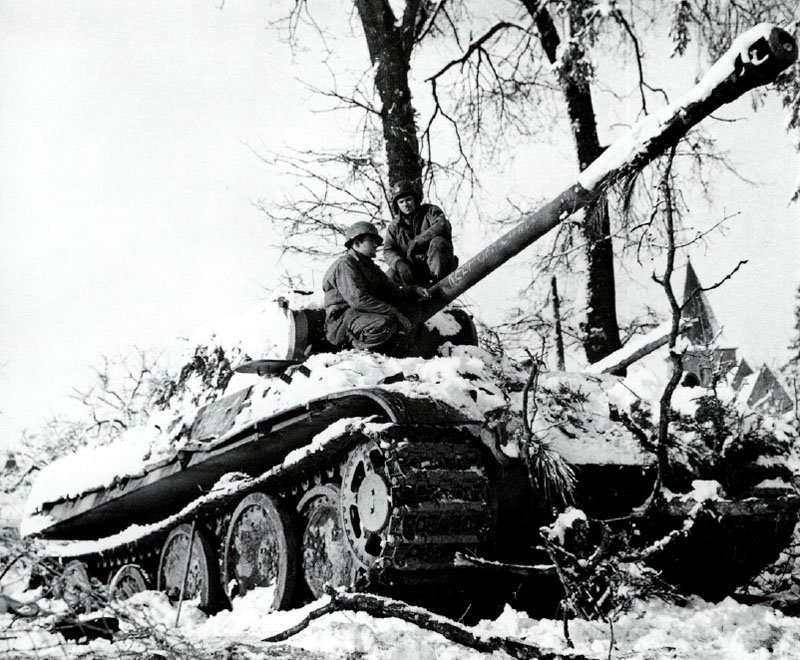
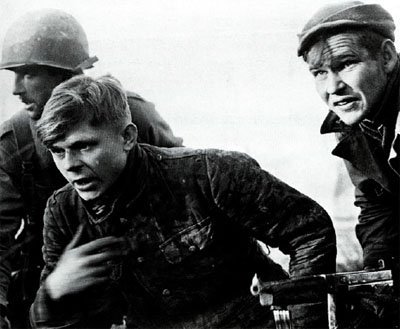
During the Battle of the Bulge, the Siege of Bastogne stood out as a key engagement. The Germans aimed to capture this strategic town, essential for controlling the surrounding road network. The 101st Airborne Division played a critical role in defending Bastogne despite being encircled.
The American forces were surrounded by German troops, leading to intense fighting. Despite harsh winter conditions and scarce supplies, the 101st Airborne maintained resolute defense.
Aid came in the form of air-dropped supplies and General Patton’s Third Army, which eventually broke the encirclement. This determined defense demonstrated the strength and resilience of the Allied forces, slowing the German advance significantly and contributing to their overall failure in the Ardennes Offensive.
Battle for St. Vith
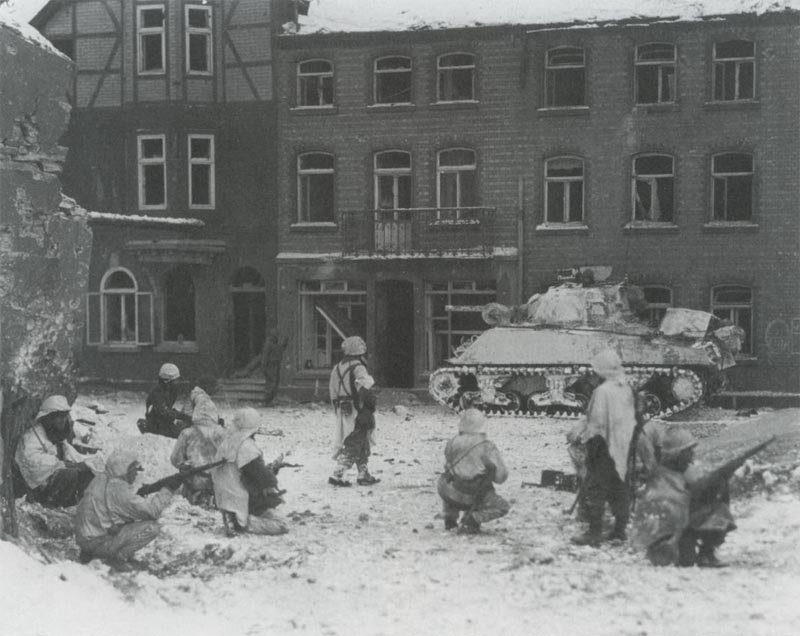
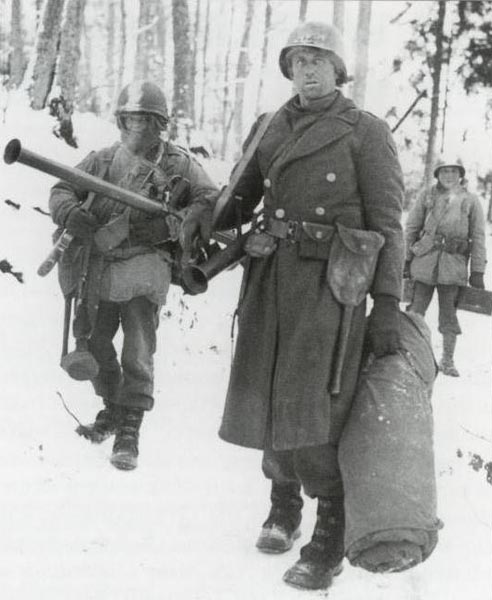
The battle over St. Vith was another important engagement during the Battle of the Bulge. St. Vith was a strategic crossroad that the Germans aimed to seize quickly to advance their offensive. The town became a focal point due to its road network crucial for the German advance towards the Meuse River Bridges.
American forces, bolstered by reinforcements, put up stiff resistance. The defense delayed the German Panzer divisions, buying time for Allied forces to regroup. This delay had significant implications for the German timeline for the offensive.
Ultimately, St. Vith fell to the Germans, but the delay caused disruptions in their plans. The determined stand by American soldiers impacted German movement and allowed the Allies to coordinate an effective counteroffensive.
Operation Greif
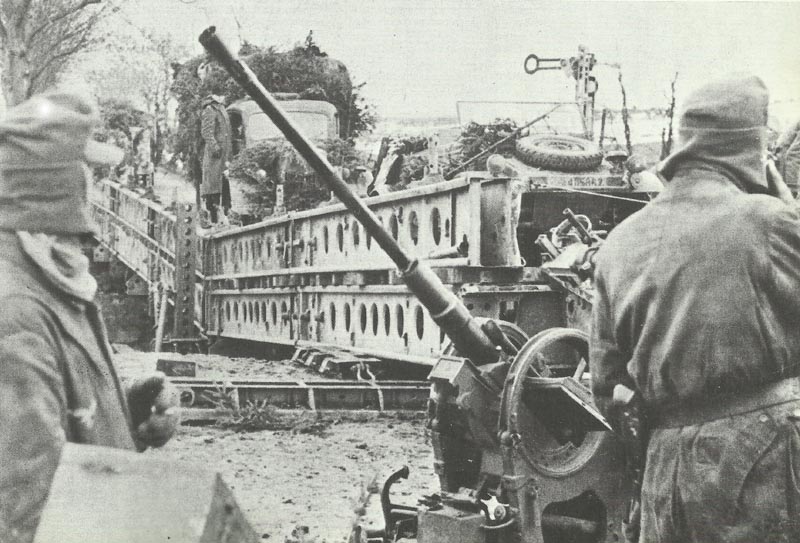
Operation Greif was a covert plan led by German commander Otto Skorzeny during the Battle of the Bulge. This operation involved German soldiers disguised in American uniforms to spread confusion and misinformation among the Allied ranks.
The mission aimed to capture key bridges over the Meuse River, create panic, and mislead Allied troops. However, the operation faced numerous challenges and did not achieve its intended success. Many of the infiltrators were captured, and their impact was limited.
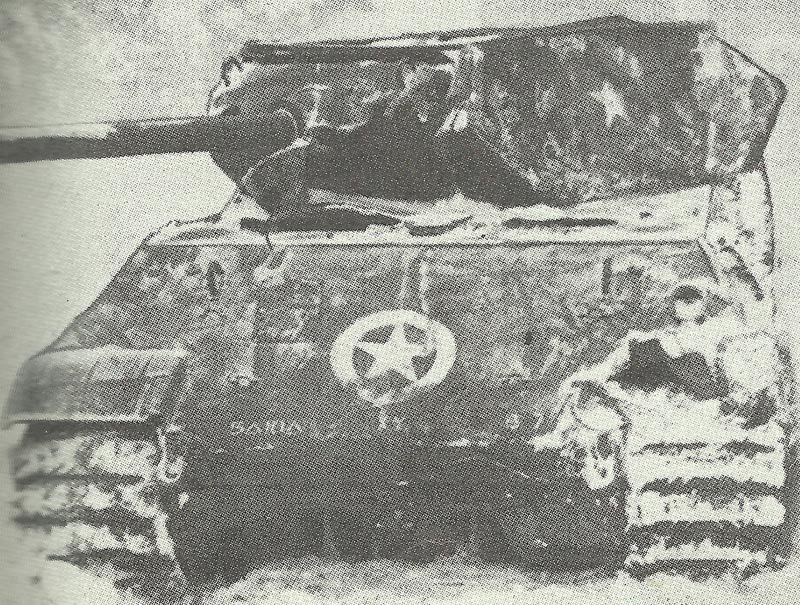
Despite its lack of success, Operation Greif highlighted the lengths the Germans were willing to take to regain an advantage. The operation remained a noteworthy psychological tactic in the broader context of the battle.
Military Leadership
In the Battle of the Bulge, leadership played a crucial role. Key commanders, both Allied and German, made impactful decisions that influenced the course of the battle, shaping its outcomes significantly.
Allied Commanders
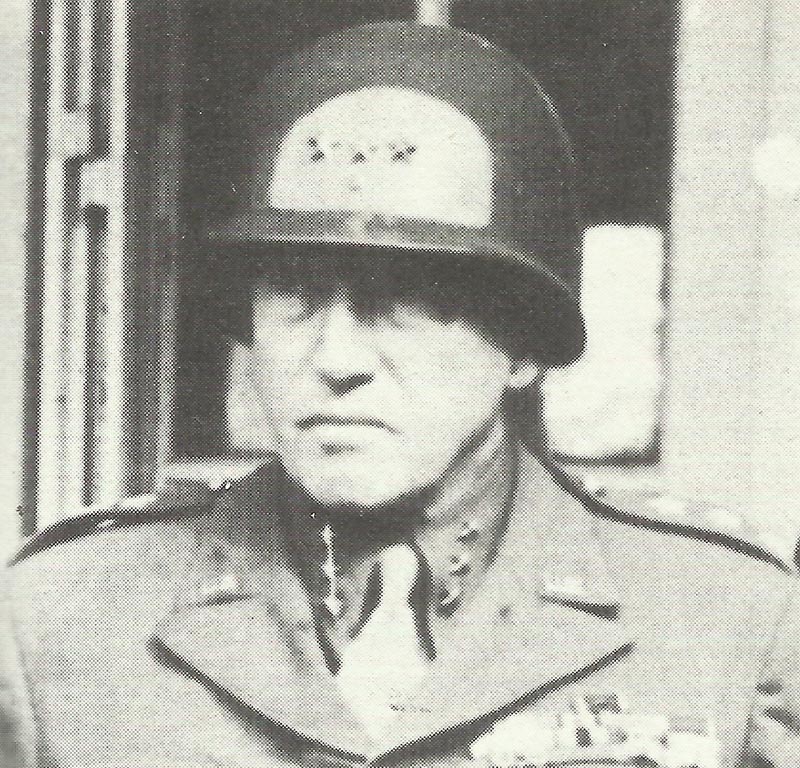
The Allied side was led by prominent figures who were vital in pushing back the German offensive. Dwight D. Eisenhower, as the Supreme Commander of the Allied Expeditionary Force, coordinated the overall strategy. His ability to manage diverse forces was essential for maintaining unity among the Allies.
Bernard Montgomery was noted for his role in organizing the northern defense. He took charge of all troops north of the Bulge, bringing structure to a chaotic situation. Omar Bradley, overseeing the 12th Army Group, was tasked with crucial tactical decisions on the ground, reinforcing vulnerable areas and directing counterattacks.
George S. Patton’s leadership was decisive in the relief of Bastogne. Patton’s Third Army shifted direction quickly, launching a counter-offensive that was pivotal to the Allied success.
German Commanders
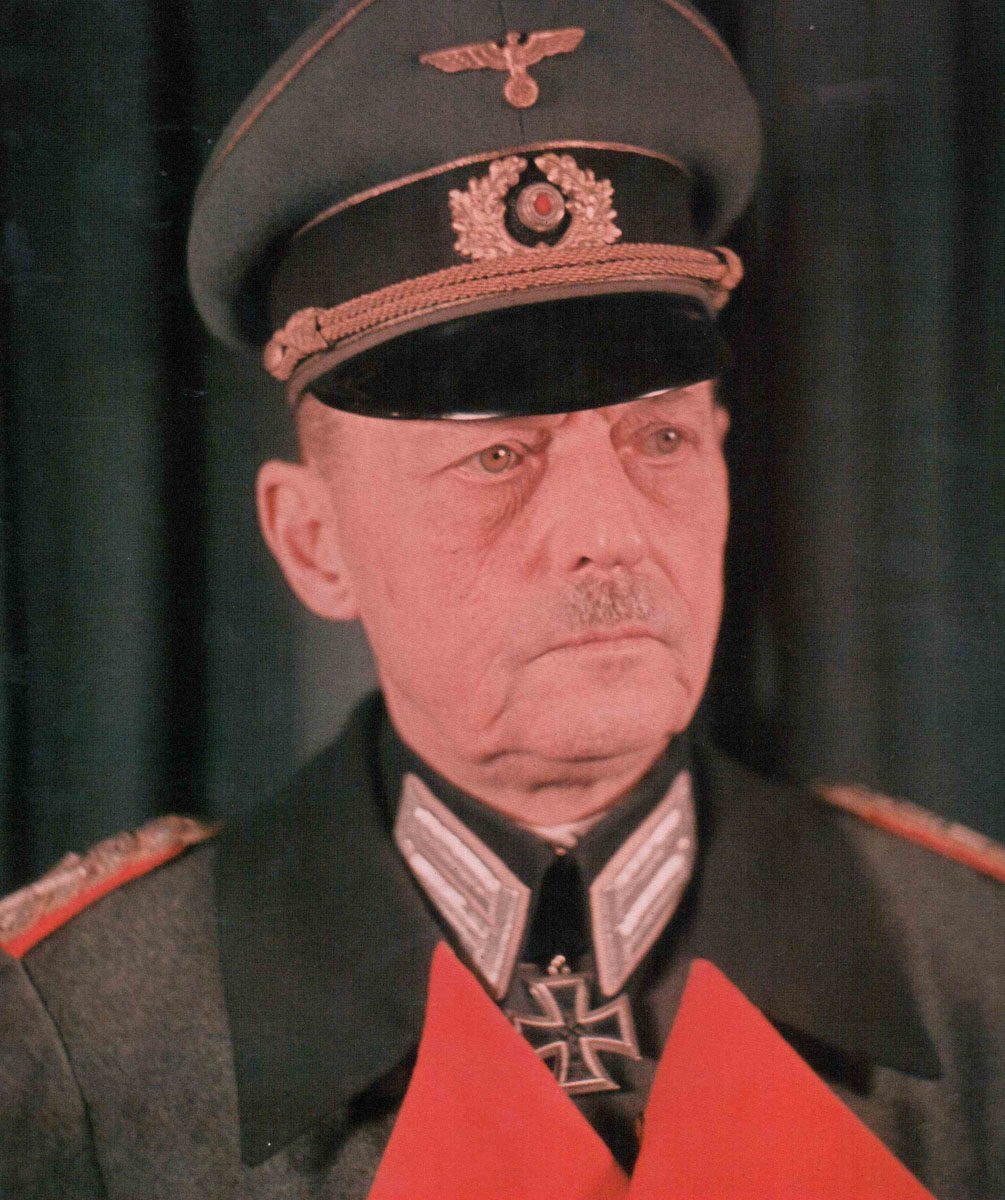
On the German side, Adolf Hitler personally directed the offensive strategy, underlining his belief in a surprise attack to turn the tide of the war. Despite initial success, the plan was overly ambitious.
The attack was executed by commanders like Gerd von Rundstedt and Hasso von Manteuffel. Von Rundstedt, the Commander in the West, had operational control but often deferred to Hitler’s strategic decisions.
Von Manteuffel led the Fifth Panzer Army, which made significant gains early in the battle. Despite their tactical expertise, German commanders faced fuel shortages and intense Allied resistance, ultimately limiting their success.
Aftermath
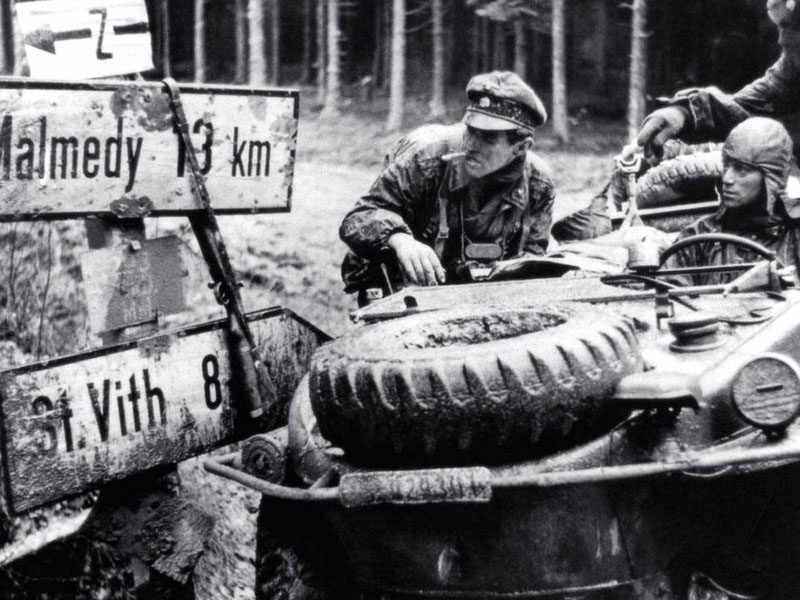
The Battle of the Bulge, a decisive moment in World War II, ended with significant human and strategic impacts. It resulted in heavy casualties for both sides and had notable strategic consequences that affected the remainder of the war.
Casualties and Losses
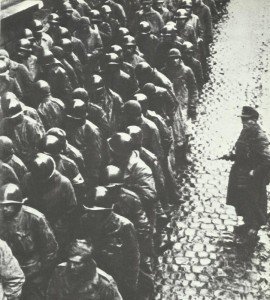
The Battle of the Bulge was one of the bloodiest battles for the American forces in World War II. The United States suffered over 80,000 casualties, including those killed, wounded, and missing. This was a heavy toll on U.S. military resources and personnel.
German forces also experienced significant losses, with estimates of around 100,000 casualties. The battle drained German resources and weakened their military capabilities on the Western Front, contributing to their inability to launch future large-scale offensives.
Cold weather and harsh conditions added to the loss of life and equipment, impacting both armies severely. The shortage of supplies, such as fuel, hindered the German offensive. Deployment of fresh troops by the Allies eventually overwhelmed German positions, leading to their retreat.
Battle of the Bulge Losses (December 16, 1944 – January 16, 1945):
| KIA | wounded | missing/POWs | Tanks | |
|---|---|---|---|---|
| Germans | c. 120,000 (KIA, wounded, missing, PoWs) | = | = | 600 |
| US | 8,607 | 47,139 | 21,144 | 733 |
| British | 1,400 (KIA, wounded, missing, PoWs) | = | = | ? |
Strategic Consequences
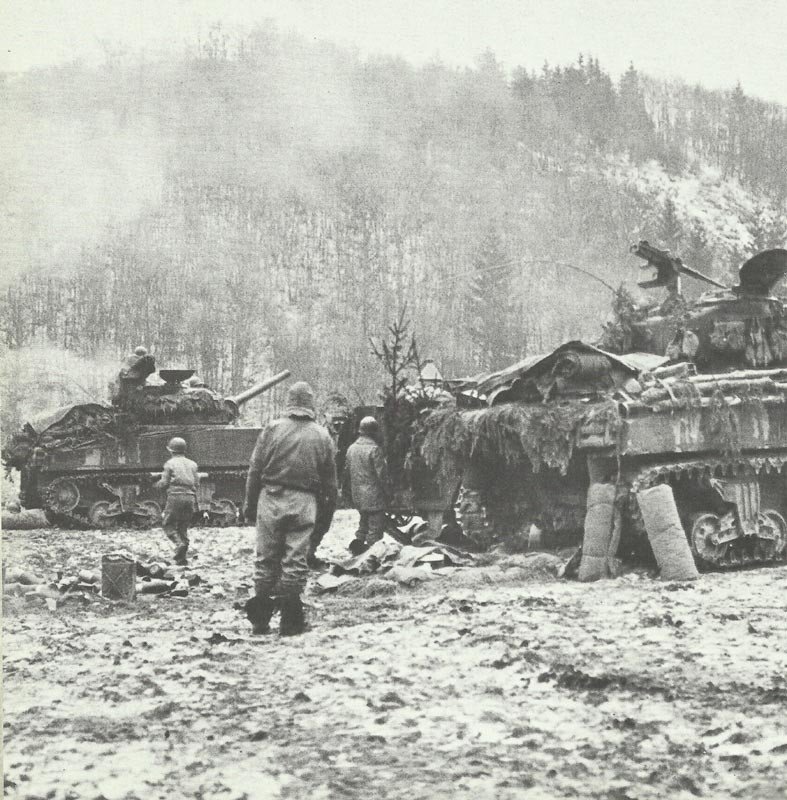
The Allied victory in the Battle of the Bulge played a crucial role in the eventual defeat of Germany. By successfully repelling the German offensive, the Allies were able to continue their advance into German territory. This battle marked the last significant German offensive on the Western Front.
The failure of the German offensive also showcased their declining military power. The exhaustion of German troops and resources opened the way for Allied forces to push further into Germany, with the Red Army advancing from the east. This paved the path for the invasion of Germany, eventually leading to its surrender.
The Allied ability to regroup and launch a counterattack was critical in shaping the final stages of the war, demonstrating their resilience and strategic prowess.
Legacy
The Battle of the Bulge had lasting effects on military strategies and left a significant mark on how this critical time in history is remembered. Its impact is still studied today, with veterans’ stories preserving the human side of military history.
Impact on Military History
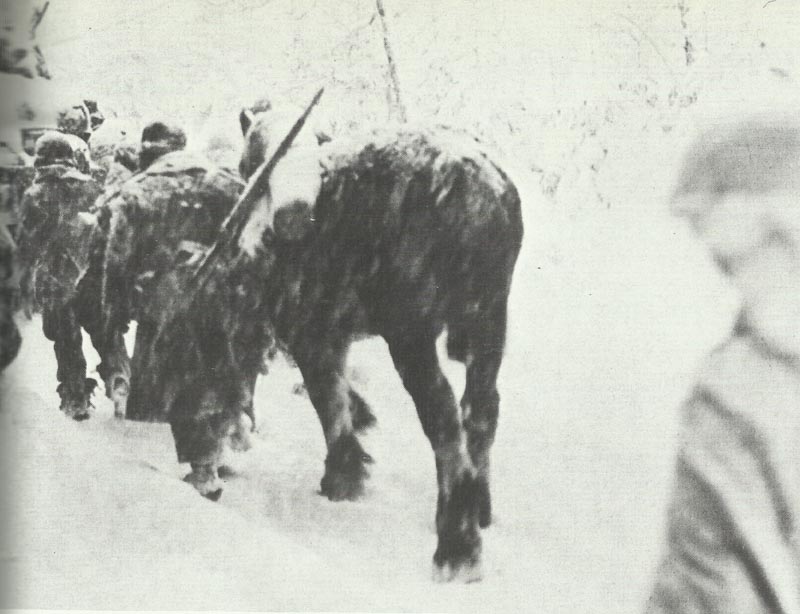
The Battle of the Bulge was pivotal in shaping modern military tactics. It highlighted the importance of logistics and supply lines in wartime scenarios. The surprise German offensive stressed the need for better intelligence and communication among Allied forces.
The harsh winter conditions taught valuable lessons about preparation in adverse environments. Analysts studied this battle in the context of the European Theater of Operations, influencing military training programs in various countries.
Veterans’ experiences helped refine tactical responses that are fundamental to military education today. The strategies used during the battle continue to be included in military history courses worldwide.
Commemoration and Memory
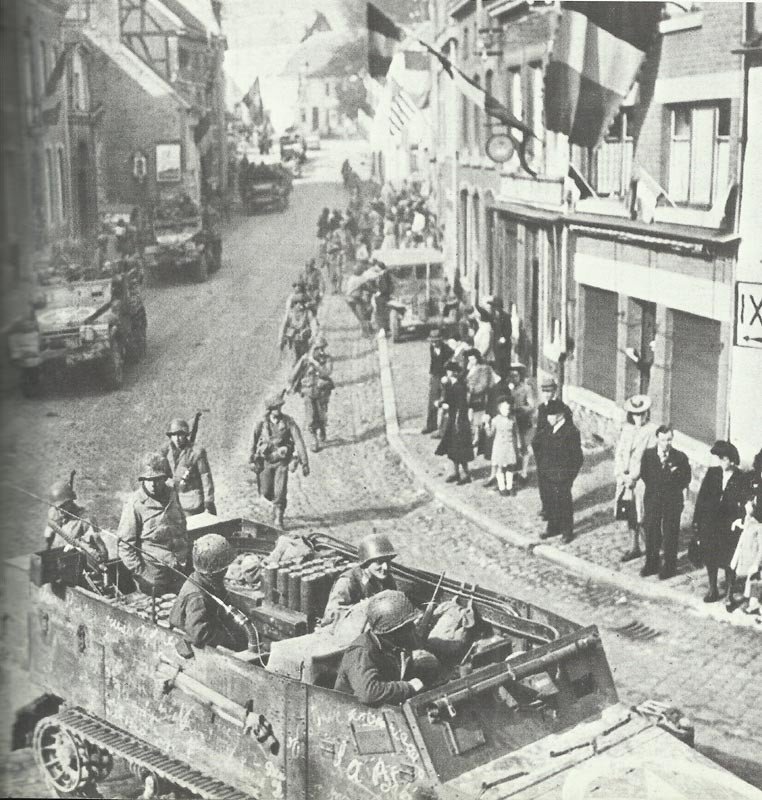
Commemoration of the Battle of the Bulge ensures that the sacrifices of veterans are not forgotten. Annual events and memorials, especially in Belgium and Luxembourg, honor those who fought. Museums and historical sites in the Ardennes region preserve artifacts and stories.
Oral histories recorded from survivors add to the collective memory, painting a vivid picture of the past. These narratives not only honor the bravery displayed but also serve as educational tools for future generations.
Organizations like the Battle of the Bulge Association play crucial roles in organizing these efforts. They help keep the stories alive, ensuring veterans’ experiences are shared widely.
Contemporary Perspectives
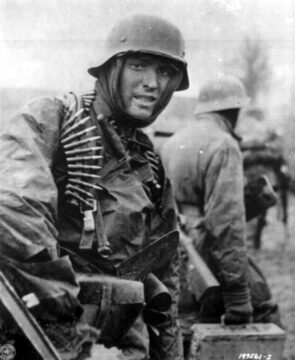
Modern views on the Battle of the Bulge continue to evolve. Researchers delve into archived materials and personal accounts for more insights. This battle is often seen as a turning point that contributed to the eventual Allied victory in Europe.
Today’s historians analyze these events to understand the broader implications on global military strategies. There is also a focus on the human elements of war, recognizing the great toll on both soldiers and civilians.
By examining various perspectives, contemporary studies offer a more nuanced understanding of this iconic battle. It remains an essential subject in discussions about World War II and its lasting legacy in world history.
Frequently Asked Questions
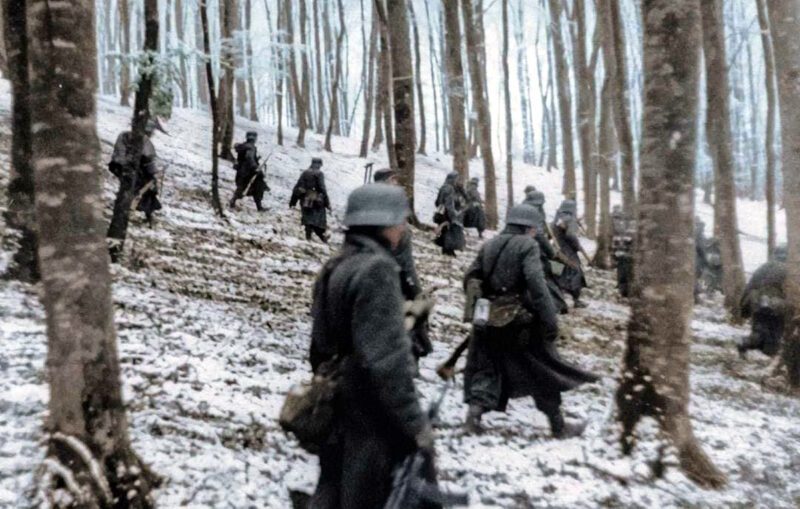
The Battle of the Bulge was a crucial World War II conflict involving fierce fighting between German and Allied forces. It had significant strategic impacts and was influenced by harsh winter weather. Key locations and tactical maneuvers played vital roles in the battle’s outcome.
Who were the main combatants in the Battle of the Bulge?
The primary combatants in the Battle of the Bulge were the German forces and the Allied forces, mainly the United States Army. The Germans launched a surprise attack intending to split the Allied front and capture the vital port of Antwerp. The Allied forces worked to repel the offensive despite initial setbacks.
What was the strategic significance of the Battle of the Bulge?
This battle marked Germany’s last major offensive on the Western Front. It aimed to divide the Allies and force a peace treaty favorable to Germany. The failure of this offensive depleted German resources and weakened their military strength, paving the way for the Allied advance into Germany.
How did the weather conditions affect the outcome of the Battle of the Bulge?
Severe winter conditions, including fog and snow, initially hampered Allied air support, giving the Germans an early tactical advantage. Once the weather cleared, Allied air power could effectively target German positions and supply lines, turning the tide of the battle in favor of the Allies.
What role did the town of Bastogne play during the Battle of the Bulge?
Bastogne was a key transportation hub, and its defense was crucial for the Allied forces. The 101st Airborne Division famously held out against a German siege until reinforcements arrived. The successful defense of Bastogne disrupted German supply lines and prevented further German advances.
How did Allied forces ultimately achieve victory in the Battle of the Bulge?
Allied victory was achieved through a combination of superior numbers, coordinated counterattacks, and regaining the advantage in air power. The Allies managed to thwart the German advance, forcing them to retreat with heavy losses. The defense of key positions and effective use of reinforcements contributed to the eventual Allied success.
What were the long-term effects of the Battle of the Bulge on the course of World War II?
The battle significantly depleted German military resources and morale. It delayed the Allied advance by a few weeks but ultimately led to accelerated efforts to enter Germany. The loss weakened Germany’s overall war effort, hastening the end of World War II in Europe.
References and literature
Krieg der Panzer (Piekalkiewicz)
Luftkrieg (Piekalkiewicz)
Chronology of World War II (Christopher Argyle)
Der Grosse Atlas zum II. Weltkrieg (Peter Young)
Das Deutsche Reich und der Zweite Weltkrieg (10 Bände, Zentrum für Militärgeschichte)
Der 2. Weltkrieg (C. Bertelsmann Verlag)
Zweiter Weltkrieg in Bildern (Mathias Färber)
A World at Arms – A Global History of World War II (Gerhard L. Weinberg)
Historical Atlas of World War Two – The Geography of Conflict (Ronald Story)
Battle of the Ardennes 1944 (1) – St Vith and the Northern Shoulder (Steven J. Zaolga)
Battle of the Bulge 1944 (2) – Bastogne (Steven J. Zaolga)


